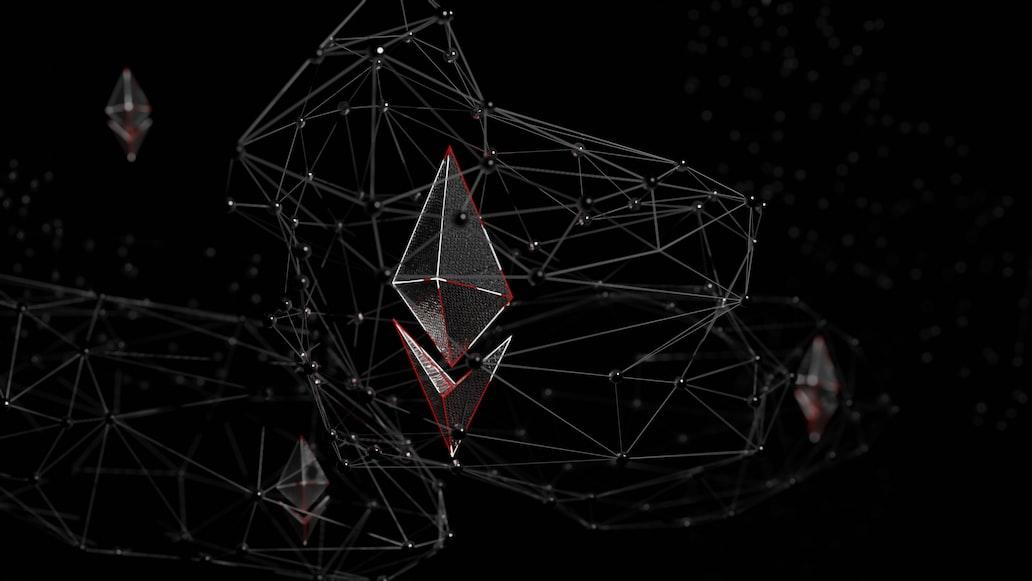Report: More companies adopting blockchain technology despite recent setbacks

Citibank has recently released a report that delves into the trends and advancements within the digital assets and distributed ledger technology sector over the past year. Presented on August 23, the survey provides a comprehensive overview of the sector’s growth, challenges, and regional dynamics.
Despite setbacks experienced by some players in the crypto market, such as the recent regulatory crackdowns and the downfall of FTX in 2022, the report paints an optimistic picture of the evolution of DLT and digital assets.
The key highlight of the report is the notable increase in the number of companies actively engaging with and displaying interest in DLT and digital assets. This figure has surged from 47 percent of firms in the preceding year to a substantial 74 percent in 2023.
As a result of this heightened engagement, DLT platforms are now managing billions of USD, involving more than 20 major global financial institutions.
Interestingly, the hurdles faced by these firms are less concerned with the technology itself and instead revolve around its effective implementation. The primary challenges often stem from human and procedural factors linked to the integration of new systems.
The report also reveals the fastest-growing sector in the digital assets space to be the tokenization of public securities, with 35 percent, followed by the tokenization of private securities at 32 percent. Tokenization of alternative assets like real estate and commodities grew 12 percent, while cryptocurrencies experienced an 18 percent growth. NFTs see a stagnation with only a mere 2 percent.
Despite the rapid technological advancement, experts see the recent evolution of DLT as more like “an enabler — not a destination.”
“Many market structure rules (such as denominations of securities or settlement cycles) are dictated to us by technological limitations today. DLT and tokenization means that those limitations no longer need to apply at a market level — they can be managed at a trade or account level by choice,” said CEO of BondbloX Rahul Banerjee.
Different approaches
One of the report’s significant insights pertains to the varied approaches different regions worldwide have adopted regarding cryptocurrency adoption and regulation. In Asia and Latin America, the primary focus has been on enhancing institutional liquidity and expanding accessibility to a broader population.
In contrast, Europe has placed a considerable emphasis on regulatory measures, exemplified by initiatives like the Markets in Crypto Assets (MiCA). Meanwhile, North America has witnessed promising outcomes through the tokenization of diverse asset classes.
The uncertainty surrounding regulatory frameworks, however, is a consistent concern highlighted in the report. A substantial 51 percent of the respondents, for instance, expressed apprehension that unclear regulations could impede progress, particularly in North America and Europe.
Simultaneously, traction is building in the digital currency sector, particularly with central bank digital currencies (CBDCs). A noteworthy 87 percent of market stakeholders foresee the viability of this sector by 2026, indicating a rise from the previous year’s figure of 72 percent.
Overall, the report underscores that the growth rate of DLT surpasses that of the general crypto landscape. This divergence can be attributed to the challenges that the crypto market has grappled with recently. To contextualize, the report reveals that while 87 percent of custodians are actively participating in DLT and digital asset initiatives, merely 25 percent of asset owners have ongoing projects, leaving a substantial 75 percent of institutional investors disengaged from the space.
Citi’s analysis culminates with an emphasis on the transformative potential of DLT. Beyond experimental phases, the technology holds the promise of significantly streamlining processes across various industries. However, for companies to harness their full potential, considerable investments in restructuring processes and systems are deemed essential.









